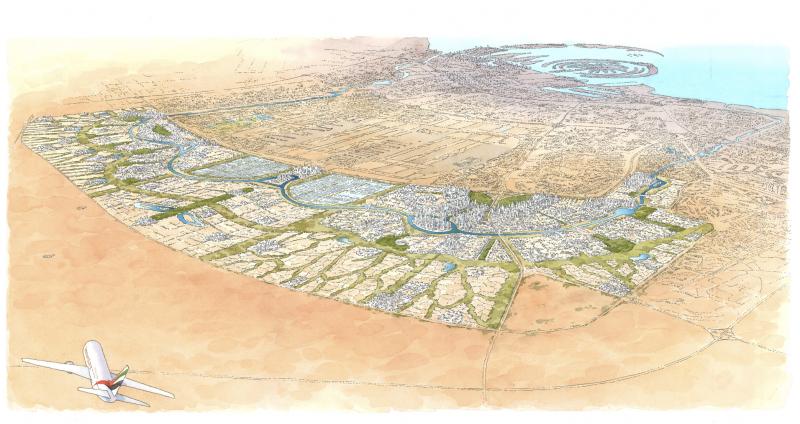|
Many people are familiar with this debate between the two eminent architects at the GSD in 1982 because Alexander excoriates Eisenman for "fucking up the world" by intentionally introducing discord with his architecture and ideas. In fact, Alexander actually uses the language twice: "People who believe as you do," he says, "are really fucking up the whole profession of architecture by propagating these beliefs ... The fact is that we as architects are entrusted with the creation of that harmony in the world." Eisenman defends himself by arguing that architecture ought to reflect the metaphysical position that things, are, in his view, "not all right." This counterpoint, he argues, serves as "moral imperative" to offset Alexander's vision of harmony. "Because I exist," he proclaims, "you can go along and understand your need for harmony, but do not say that I am being irresponsible or ... screwing up the world ... because I would not want to have to defend myself as a moral imperative for you." "Don't you think there is enough anxiety at present," Alexander questions. " Do you really think we need to manufacture more anxiety in the form of buildings?" The debate distills critical distinctions between the two architects' approach to building and lays bare the foundations of architecture in metaphysics and ethics. The full text is below. I compiled the PDF from source material here. If that debate seems a little one sided you can read an 2004 interview with Eisenman on Archinect here, (That's what I've tried to do in Berlin. That's what I've tried to do with myself, with my work. I don't want a label. I don't want to be either good or bad, right or wrong, left or right, I am one of the most outsider of all the insiders. I mean, a lot of people say, you teach at Princeton, you teach at Yale, but I never had tenure at those institutions. I never wanted tenure at those institutions. But I'm not yet a maverick.) or read a 2016 retrospective on Eisenman on ArchDaily here.
"Starchitecture and Sustainability: Hope, Creativity, and Futility Collide in Contemporary Architecture" by Josh Stephens on Planitezen.com Josh Stephens addresses a complex set of interrelated questions in this short article. First, he looks at the wild creations of the world's most media-savvy celebrity architects and questions the incentives and costs of these structures. He makes an interesting comparison to the fine arts, namely, the sheer magnitude of embodied energy in these monuments, versus, say, the oil on a Picasso canvas or even the steel in a Calder flamingo. Is it possible that this difference in degree is so severe it actually marks a categorical distinction that separates fine art from architecture? One which effectively limits creative freedom? Certainly architects object, but that hardly answers the question. Stephens also addresses the important distinction between an individual building and a city, rightly suggesting that it is on scale of the city (including its suburbs) where true ecological gains are made: "Even some of the most appealing green techniques," Stephens writes, "appear trivial as opposed to wholesale revolutions in public policy and behavior." The question remains, however, whether and to what extent this obviates the social and ecological responsibilities of the architect. The article is replete with intriguing quotes from contemporary practitioners:
|
(RE)SOURCESHere you will find a collection of material, ranging from technical data to white papers to theory, which has influenced my thinking. Archives
December 2020
Categories
All
|
||||||||||||||||||

